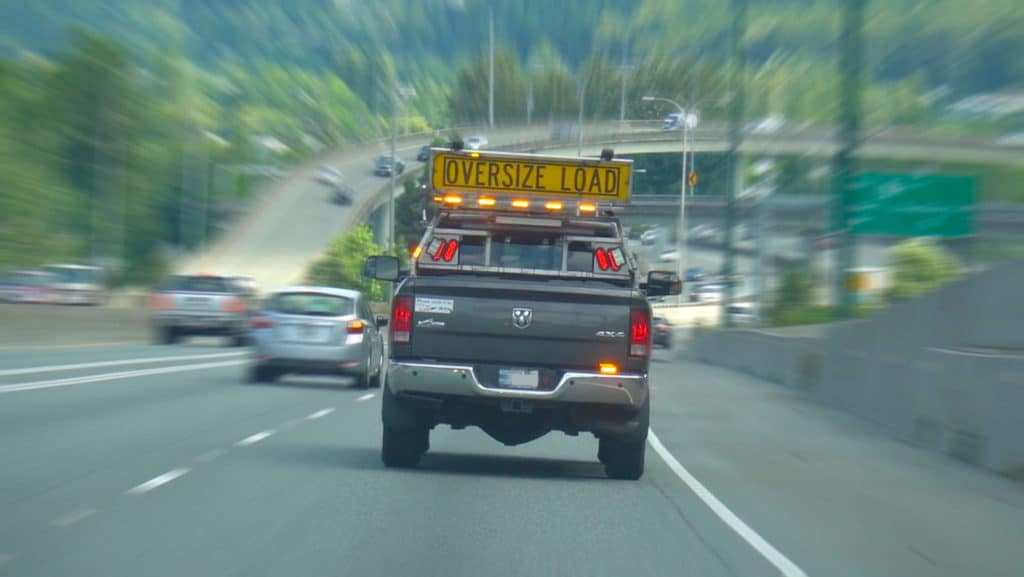It can be very easy, especially when up against a deadline, to view the speed limit as a suggestion rather than the law. But although speeding may make you feel like you’ll get your destination a little quicker, it can have devastating consequences.
According to the National Highway Traffic Safety Administration (NHTSA), speeding contributed to 26 percent of traffic-related deaths in 2019.
Your risk of death or severe injury in a crash increases with your vehicle’s speed. The faster you drive, the greater perception and reaction time you need to handle a sudden stop, and the greater the force of a potential crash. Given the size and weight of the items transported during Oversize moves, a crash often has devastating results for the individuals and cargo involved, even if there are no fatalities. Injuries, damage, and lawsuits are likely outcomes. Your professional reputation, and those of your move team and carrier, may be irrevocably harmed.
Right now, you may be wondering if speeding really gets you to your destination faster. Let’s consider a typical scenario:
A vehicle (Car A) driving 58 mph and a vehicle (Car B) driving at 68 mph, have left from the same location and are traveling to the same destination. One might assume Car B will arrive at the destination much earlier, but in fact, it will arrive only about one and a half minutes before Car A. This is illustrated in the video above.
In the grand scheme of things, a minute and a half is not that long—it’s the length of time you spend waiting at a typical traffic light, or the length of an ad break during your favorite podcast. The time you may save by speeding is never worth the potential consequences that may result from a speed-related collision.
